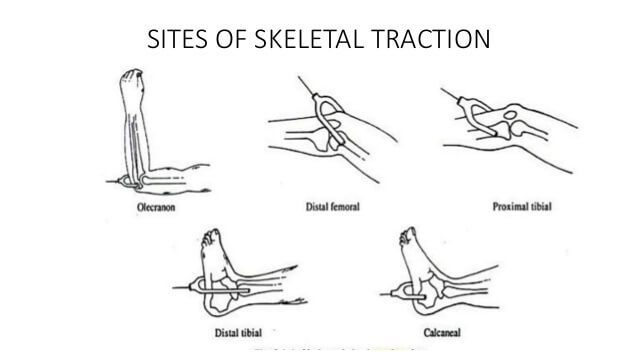Synonym: Knee-locking mechanism
Definition: During the final degrees of knee extension (last 20-30 degrees), an obligatory lateral rotation of the tibia occurs, i.e. non-voluntary coupled movement of knee extension and external rotation.
Mechanism:

External rotation of tibia with reference to the femur or Internal rotation of femur with reference to the tibia (relative external rotation of tibia) tightens the cruciate ligaments and the joint is locked.
The medial femoral and tibial condyle are larger in AP direction (ovoid) compared to their lateral counterparts. The anterior orientation of both lateral condyles and a 25-30-degree curve on the medial femoral condyle
are probably the most distinct features of the tibiofemoral articulating surface structure.
During extension, lateral condyle surface is covered first and a rotation occurs to accomodate the larger surface of medial condyle. The longer medial femoral condyle continues to roll after the lateral condyle has reached its limit of motion.
During extension when all articular surface of lateral condyle is used by roll movement there are still unused articular surface on medial condyle. Femur glides posteriorly on tibia to use full articular surface of medial condyle.
However, the shape of the condyles are not what brings about the movements. During, knee flexion tibia rolls posteriorly, elongating the ACL and it is the ACL’s pull on tibia, that causes it to glide posteriorly. Similarly, during knee extension, tibia rolls anteriorly, elongating the PCL and the PCL’s pull on tibia, causes it to glide anteriorly.
Popliteus (internally rotates tibia) unlocks knee with open chain motions. Hip external rotation (externally rotates femur) unlocks knee with closed chain motions.
References:
1. Clinical Mechanics and Kinesiology By Janice K. Loudon, Robert C. Manske, Michael P. Reiman
2. Flandry F, Hommel G. Normal anatomy and biomechanics of the knee. Sports Med Arthrosc Rev. 2011 Jun;19(2):82-92. doi: 10.1097/JSA.0b013e318210c0aa. PMID: 21540705.
3. https://ouhsc.edu/bserdac/dthompso/web/namics/kneeak2.htm


